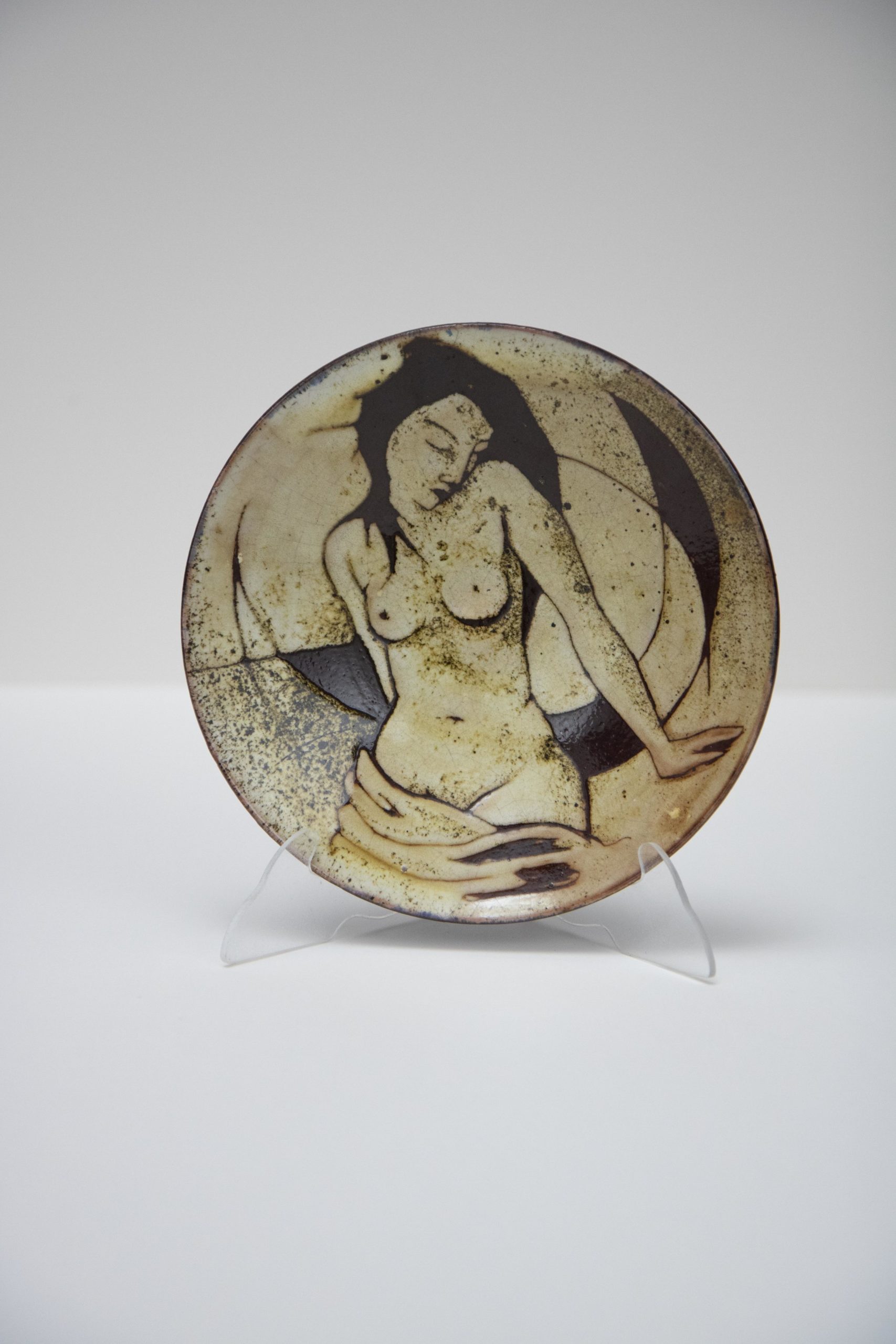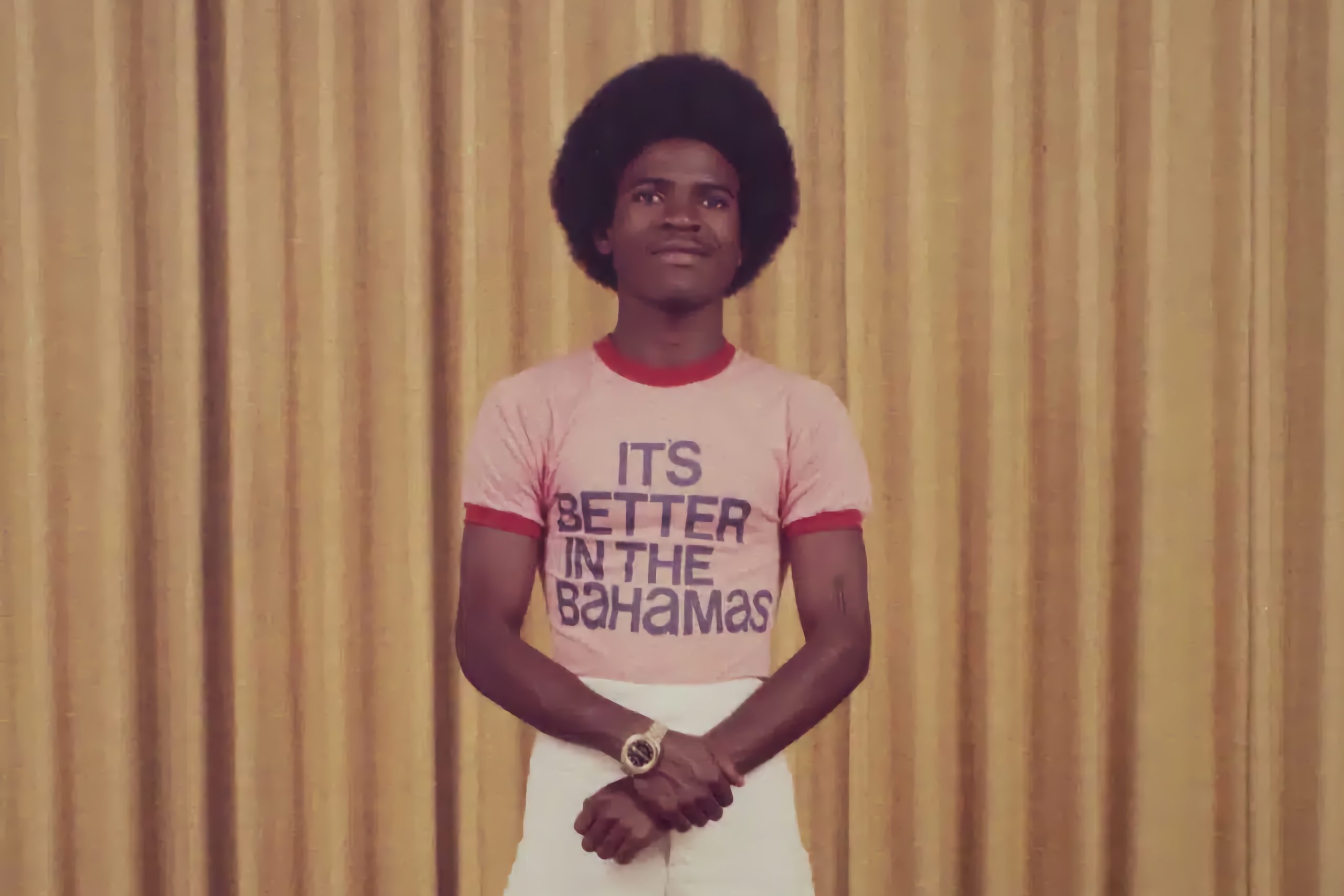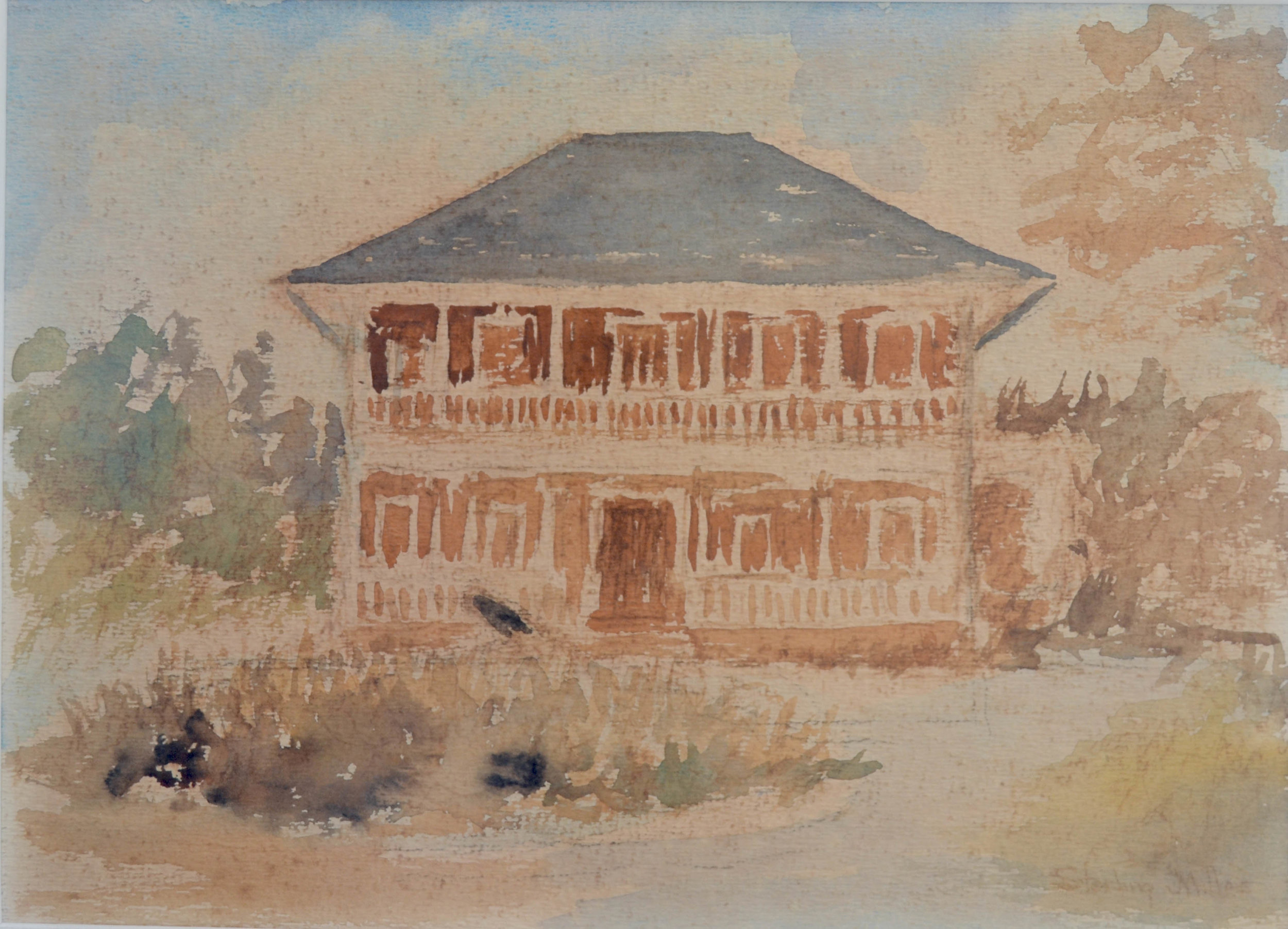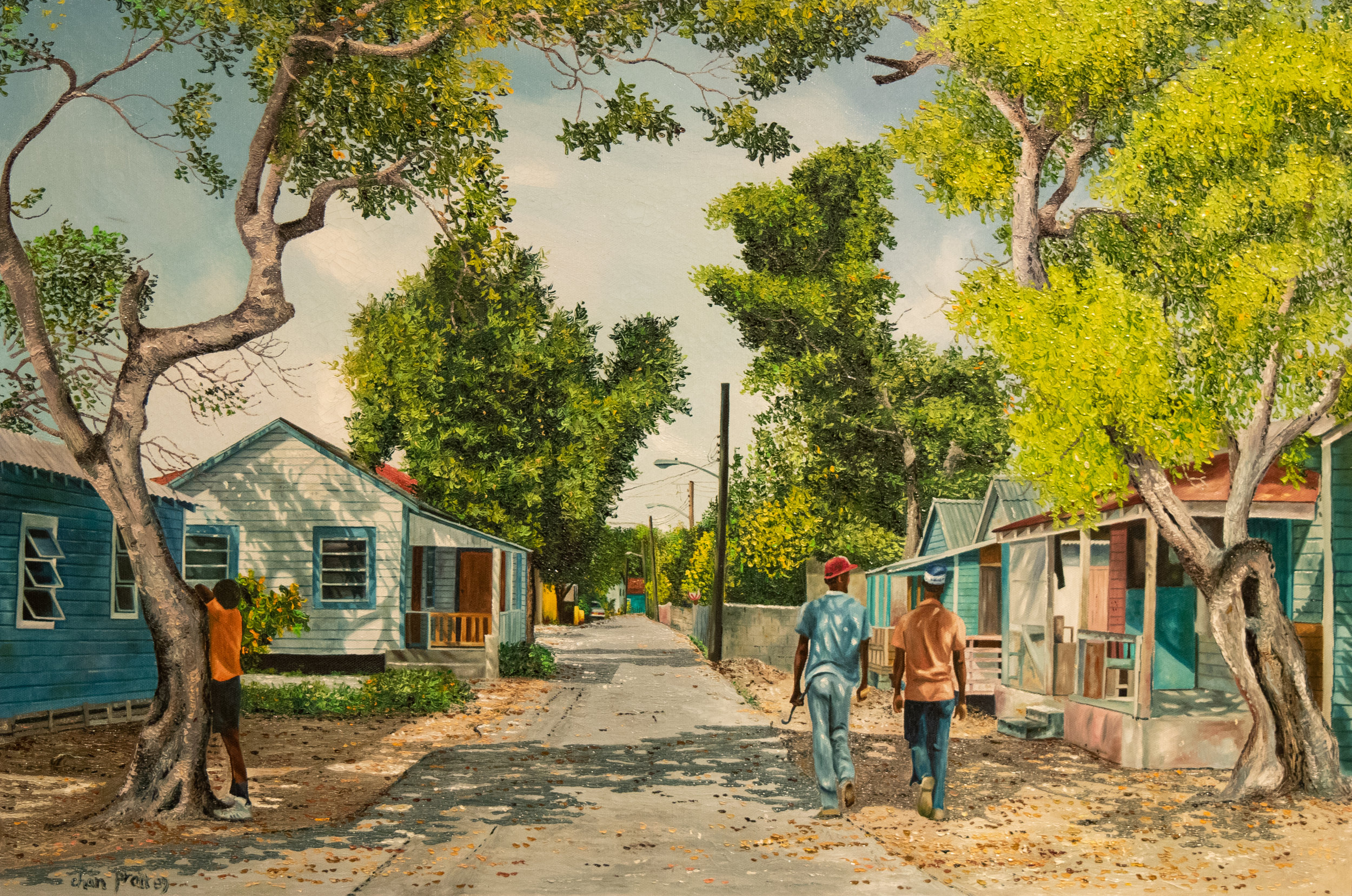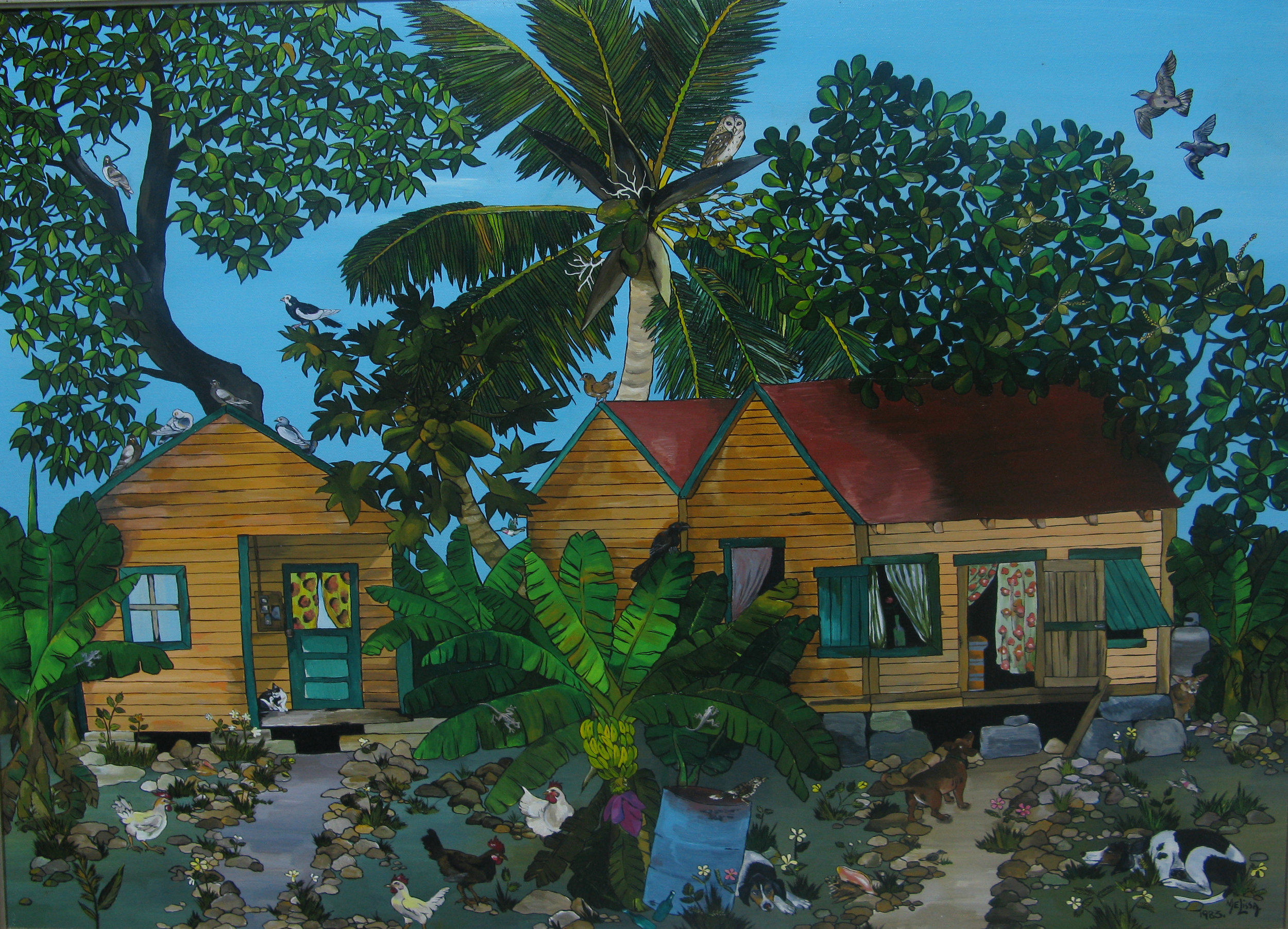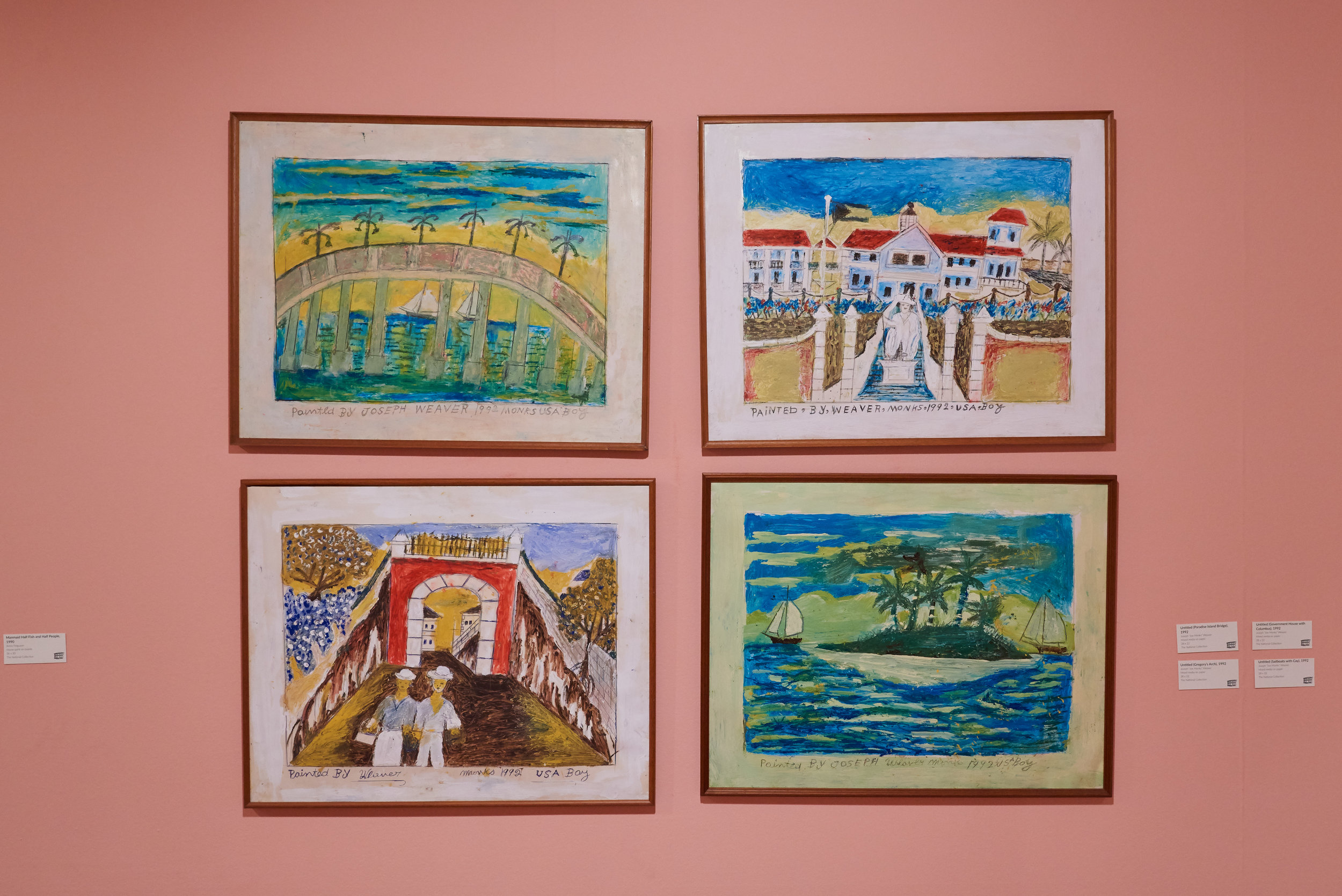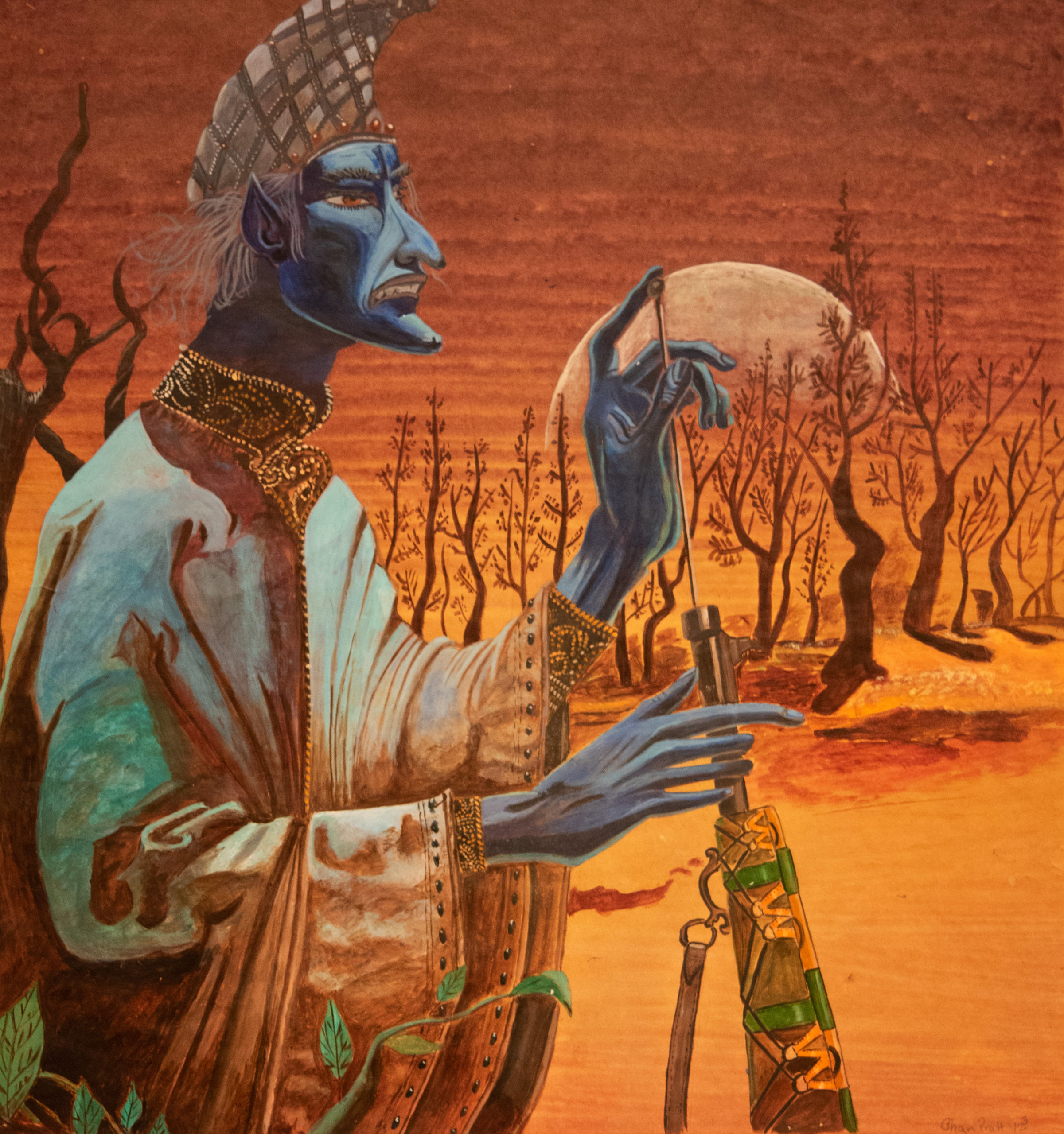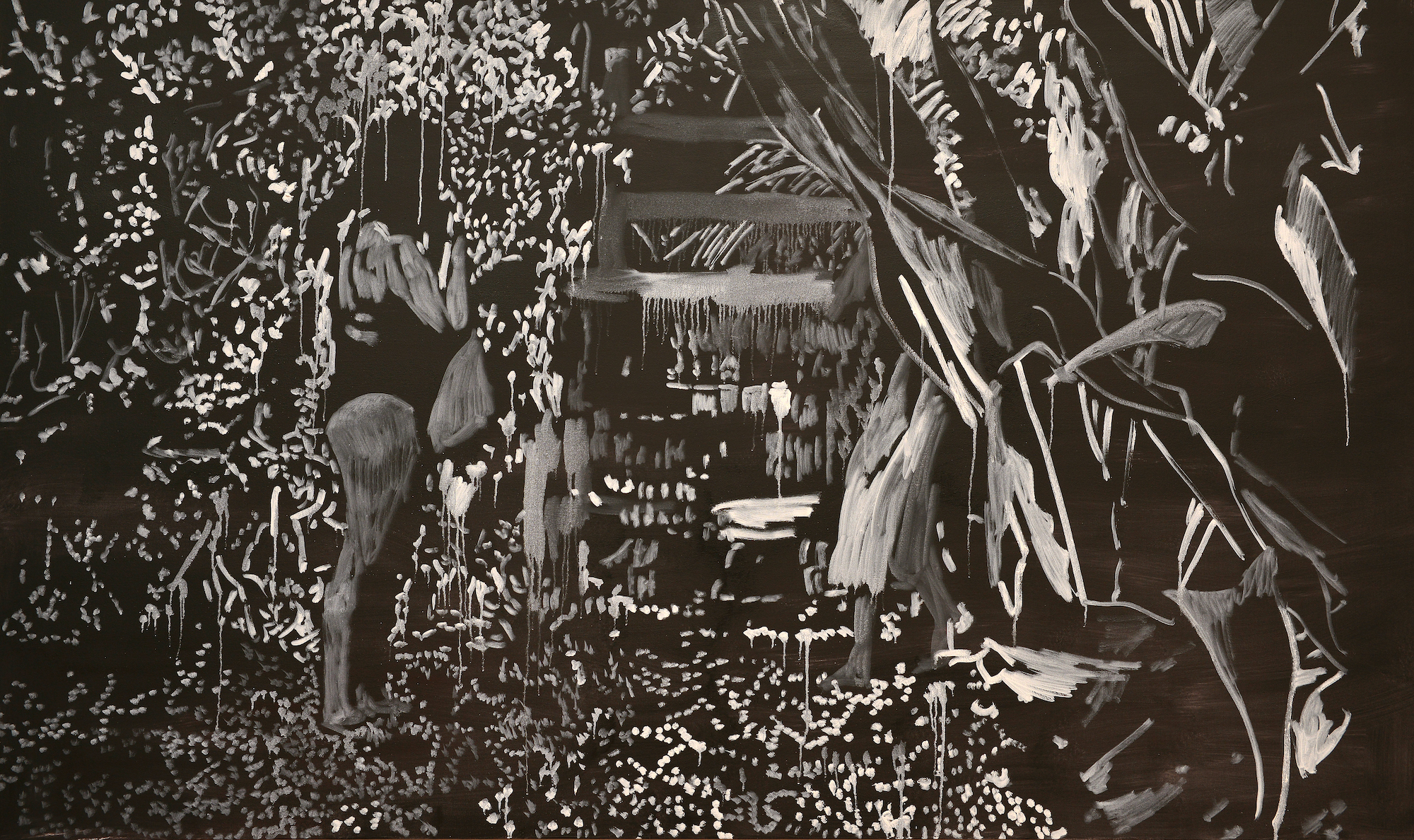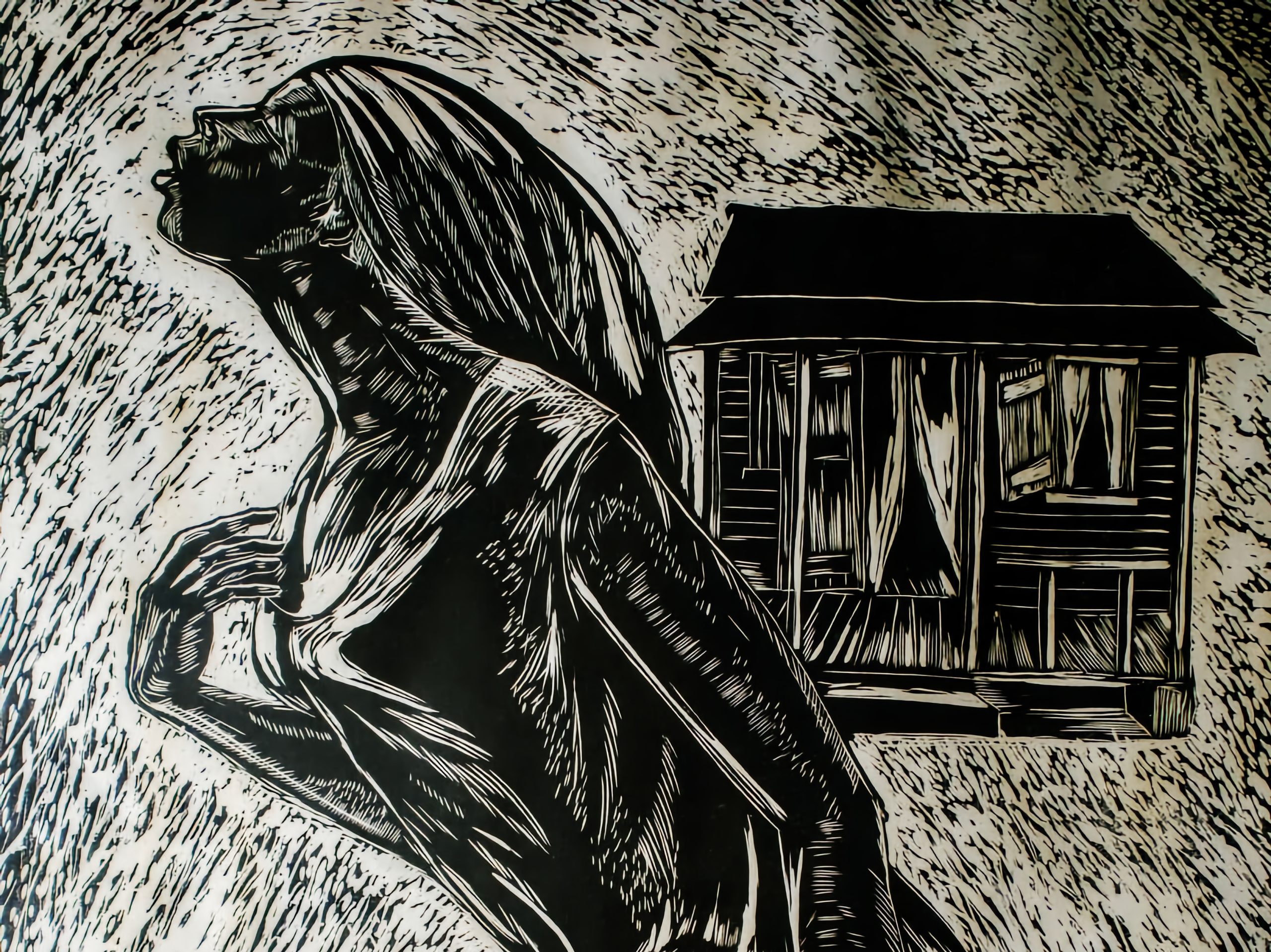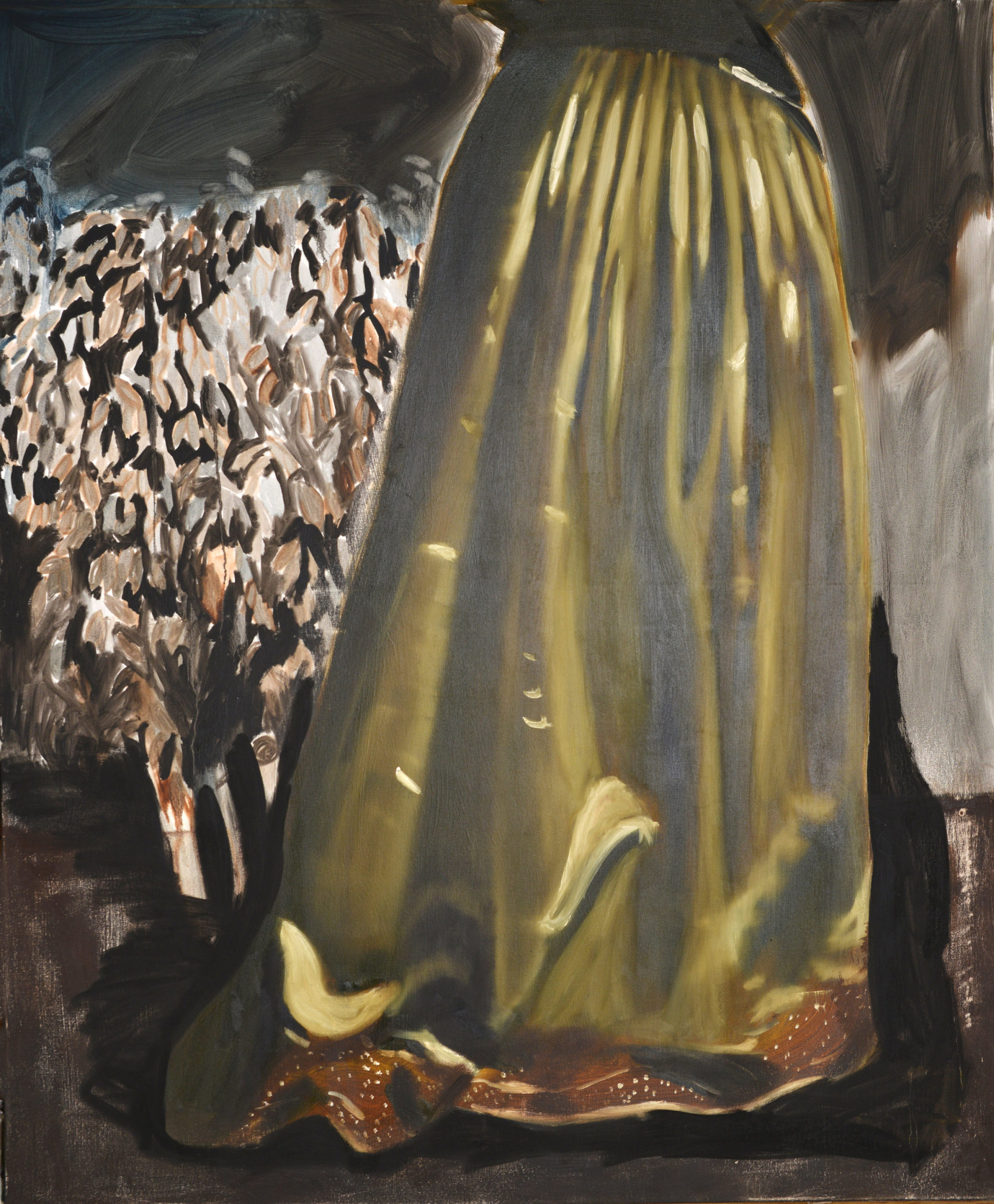By Natalie Willis. A beautifully formed piece of handmade ceramic work, produced at the Chelsea Pottery in Nassau in 1960, serves as a great point of departure for talking about some of our Bahamian art histories. Clay work, like drawing and painting, has a history almost as old as humanity itself. Our legacy of pottery here begins with the indigenous peoples of The Bahamas – the Arawaks, Lucayans, and Tainos. As Dr Erica M. James lays out in her key text on Bahamian art history in “Bahamian Modernism”, our background of creative visual culture is much richer and varied than we tend to hear about.
Currently browsing: Articles
Timelines: Developing Blackness
Historical photographs show Bahamians claiming and embracing their African heritage. Aptly named, these photographs show us a period in our history where Bahamians were pointedly claiming and embracing their Blackness. This sense of pride was born out of, but not limited to America’s expressions of Black power during the Civil Rights Movement, the road to Majority Rule in 1967, and The Bahamas’ independence in 1973.
Demure Facade, Colourful History: Sterling Miller’s “Villa Doyle” (ca. 1969)
Stories Demure Facade, Colourful History: Sterling Miller’s “Villa Doyle” (ca. 1969) Natalie Willis ● 3 July 2019 The Villa Doyle,
Check Yourself: Thinking About Stereotypes and Chan Pratt’s Sincerity in Painting Over-the-Hill
By Natalie Willis. A man walks along a row of houses with a crowbar in one hand, a piece of wood in the other, he is speaking to someone: a friend, an acquaintance, a family member, a neighbour perhaps? The houses are neat, patched up with care – no doubt due to the stresses of time and hurricanes alike, there’s only so much this old clapboard can take. The street is neat, orderly, a pubescent boy leans against a tree in the shade, and things feel calm, serene in the row of homes. This is not what people think of when they think of the current state of Over-the-Hill (OTH). Bain and Grants Town are woefully underserved communities, that much is certain, but they are also demonised for circumstances largely beyond their control in a cold, classist manner of stereotyping.
“Wellington Street Dwelling”: Exploring the Bahamian Vernacular
By Kelly Fowler, Guest Writer. An island landscape in the mind of a non-native may include picturesque coastal scenes of blue and turquoise shaded waters gradually transitioning to crystalline, onto shallow shores of powder white sandy beach, and further to lush foliage of coconut and palm trees. To the native Bahamian, the island landscape may vary considerably. The landscape may range anywhere from the quintessential narrow, yet neat streets featuring well-kept, board houses nestled among vibrant Bougainvillea, Poinciana and golden shower trees, to scenes of markets, daily life and the historic Over-the-Hill community where centuries-old silk cotton grow, fruit trees flourish and royal Bahamian potcakes roam freely. Both the outsider’s notion and the insider’s experience are represented in Bahamian art. Melissa Maura’s 1983 oil on canvas painting entitled Wellington Street Dwelling is a glimpse into an insider’s experience of island life and landscape. The painting draws the viewer into the lived experience of the native Bahamian and invites the onlooker to reflect on the diversity of the island landscape and how the landscape has changed over time.
Dialect and Diaspora: The Intuitive Art of Joseph “Joe Monks” Weaver
When we look at the work of intuitive artists such as Amos Ferguson, Netica “Nettie” Symonette, or Joseph “Joe Monks” Weaver, we see just that – people who move beyond the “proper grammar” of Eurocentric art history and the canon of art practice, choosing instead to communicate in an art dialect of their own making.
A Choice Landscape: The Early Work of the Late Chan Pratt
By Natalie Willis. There are a few names that come to mind for us when we think of the quintessential, traditional, picturesque Bahamian landscape: Hildegarde Hamilton, Alton Lowe, Eddie Minnis, Dorman Stubbs, Ricardo Knowles, and the well-collected (but not quite always at the forefront of our minds), Chan Pratt. Landscape painting is quite a contentious genre of painting for The Bahamas and certainly for the rest of the Caribbean region, and this is for good reason. The colonial photography and postcards and paintings of days-gone-by were instrumental in framing and re-shaping the region as an idyll for tourist consumption, and this growing industry would later become the backbone and difficult foundation of many Caribbean economies.
A Death Foretold: Whitehead & Pratt on Beauty and Loss
By Dr Ian Bethell-Bennett, The University of The Bahamas. Beauty, as we began two weeks ago, heals souls and allows us to come to a higher place where we feel more human, connected, communal and loved. Nature, green trees, and shade along roads allow us to walk in and explore the special areas and spaces around us. This exploration is seen in Jean Rhys’ novel Wide Sargasso Sea (1966), and in Tessa Whitehead’s work, the creek (2018) as beauty envelopes us in its natural form. When cement covers every inch of land, the soul is taken out of life. Singer Gloria Estefan’s Mi Tierra (1993), similar to Coulibri, the main location in Wide Sargasso Sea speaks of the loss, longing and nostalgia for a home that we have lost the deep connection to and the healing that comes from revisiting even if only metaphorically, metaphysically or through imagination.
From the Collection: “Ain’t I A Good Mother?”
By Kelly Fowler, Guest Writer. Maxwell Taylor honours Black Bahamian mothers. As with many things, the concept of motherhood does not always translate neatly or equally cross-culturally. While it is not unusual for a society to have defined gender roles and to encounter expectations based on them, women of marginalised groups tend to face harsher criticism of their lifestyles for not meeting the concept of womanhood or motherhood that is associated with the “ideal.” Naturally, this would lead to feelings of inadequacy and questions of being good or good enough. Bahamian master artist, Maxwell Taylor, delves into this subject matter in much of his work, but his black and white woodcut print on paper entitled Ain’t I A Good Mother?, 2003 is one that addresses Black motherhood specifically.
Reconnecting to the Divine Feminine
By Blake Fox. Calling upon fear, surrender and angst, Tessa Whitehead presents us with an incredibly personal impression of her dreams, memories, and experiences in a transcendent series of figurative paintings in her first solo exhibition in The Bahamas titled “…there are always two deaths.”
